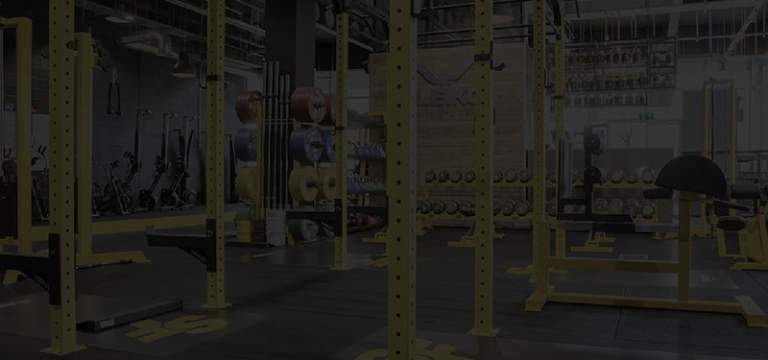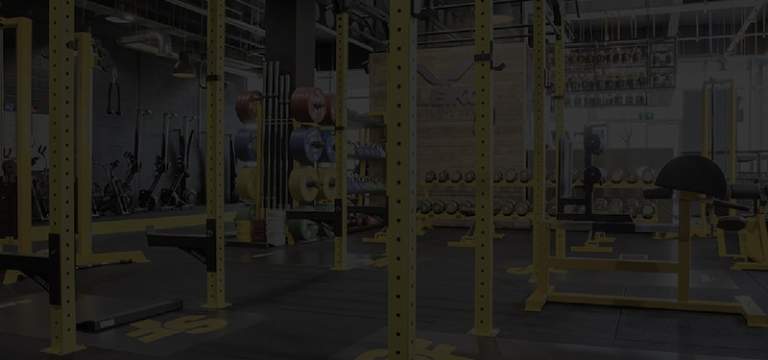Once you are passed the beginner level and know your way around the gym you will probably start to ask yourself what you can do differently in order to keep progressing.
Should you train 5 days a week instead of just 4 days?
Should you hit some body parts twice a week and some just once?
Should you increase the weight or just increase the reps or sets?
If you find yourself in this position, this article will go right down your alley. The answers behind all those questions stand behind training volume, intensity and frequency.
Once you get to know the basics of these 3 little concepts, you will be able to design you own workout splits and follow a workout routine which matches your own personal needs and you own personal schedule best.
Volume, intensity and frequency are the only 3 things you need to consider when you look at a workout routine. Before we dive right into it, please note that the same exact principles will apply to both males and females. So if you are a woman, don’t be afraid to incorporate any of these principles into your workouts.
I know there’s this myth that weight training makes you bulky, but trust me that is not how it works.
So let’s get to it.
Volume
When we are talking about volume we are looking at how many exercises we are doing, how many sets and reps we are doing. So you can look at volume as the amount of work you are doing for a specific muscle group.
You always need to calculate training volume for a specific muscle group. Let me give you an example so you get a better grasp of the concept.
Let’s say you are training your chest and you are doing 4 different exercises, with 4 sets each, 10 reps each set. That will give you a total volume of 160 repetitions.
Now, let’s say you decide to change up your routine and you are only doing 3 exercises for your chest, with 4 sets each and 8 reps per set. That will give you a total volume of just 96 repetitions. So in this case you would refer to the latter routine as higher volume training routine when compared to the first one.
Volume should also be calculated for a given period of time, and you should always use the same timeframe to compare the volume of two or more workout splits.
Now, you may hear people tossing around terms such as high volume or low volume. What would be considered low volume and what would be high volume. Well, I think that depends on each individual and his or her own training background.
Generally speaking the more you train the more volume you will need in order to keep progressing. There are some studies which show that doing around 50-60 effective reps per muscle group per week is enough to stimulate the muscle to grow.
Please notice that I used the term “effective reps” which basically means that you only take into account the reps for which you are using a heavy enough weight, but more about that down below.
Intensity
A good and non-academic explanation of training intensity is how aggressive you are being with the weights, or how heavy you are lifting.
So, for someone who is doing a set of 15 reps with a lighter weight we would say that he or she trains at a lower intensity that someone who is doing a set of 6 reps with a heavier weight. The heavier the weight the more intensity you are adding to your workout.
Intensity is commonly measured as a percent of your 1 repetition maximum or 1 PRM. For those of you who are not familiar with the term, 1RPM is the weight which is so heavy that you can only do one rep with it.
If you can do just one repetition using 200 pounds on the bench press that is your 1 rep max. Now, if are working out with 150 pounds, you are training at 75% intensity which is considered low to moderate. Training with an intensity of 85% or more is considerate to be optimal for muscle hypertrophy.
As you can imagine already, volume and intensity relate together. When you are doing a higher volume you will need to use less intensity. For more reps you will use a lower weight. Heavier weights usually mean fewer repetitions. So that’s how volume and intensity are related to each other.
Frequency
The last but not least thing you want to consider whenever you are changing your workout plan is frequency.
This one is pretty self-explanatory and it refers to how often you are going to be training a muscle group. Training frequency can be different for different muscle groups, but that’s a bit more difficult to manage, so maybe it’s a good idea to use the same frequency for all body parts.
Frequency is little bit tricky because it can be a two edged sword. You want to train as frequently as possible, but at the same time you want to allow you muscles enough time to recover and grow, between each workout.
The best way to set the right frequency is to simply try out different workout plans and see what works best for you. Generally speaking you will need at least 2 or 3 days between hitting each muscle group, but you can go as far as training each body part just once a week.
Putting it all together
So now that we know what training volume, intensity and frequency are, how does one create a workout split based on that?
It might seem overwhelming at first, but it is quite simple if you think about it a little bit
What I like to do first is to decide if I want to go with a high volume or high intensity program – because you can have both, right?
So if I’m doing a high volume split, I can increase the frequency a bit. Because I’m not using heavy weights, the muscles will need less time to recover after each workout, so I will be able to go back in the gym faster and hit that muscle again.
If I want to do a high intensity split, which I am doing now, I want to lower the volume. I will be doing fewer reps anyway, since the weight I’m using is heavier and I literally can’t do more reps. But I will also lower the volume by decreasing the frequency.
Because I am using heavier weights, I want to give each muscle enough time to recover, repair and grow. So I will be training less frequently.
The important thing here is to get creative with your workouts while adhering to the above mentioned principles.
Conclusions
So that’s pretty much it guys and gals. The only things you really need to know if you want to be able to develop your own training split on the fly. It all comes down to training volume, intensity and frequency.
Don’t forget that they all relate to each other and you will need to consider all the three when you plan everything.
Depending on what your goal are you can follow either a high volume, low intensity split (which will automatically be high frequency), or a low volume, high intensity split (which will automatically be lower in frequency).
Either way, feel free to experiment with different settings and see what works best for you, what fits your personal goals, schedule or lifestyle.
Author bio:
Tyler has been working as a certified personal trainer for over 10 years specializing in weight loss and functional training with women between the ages of 30 – 65. He also enjoys helping others become industry leading personal trainers through his website PTPioneer.com and YouTube Channel.











1 Comment
Comments are closed.